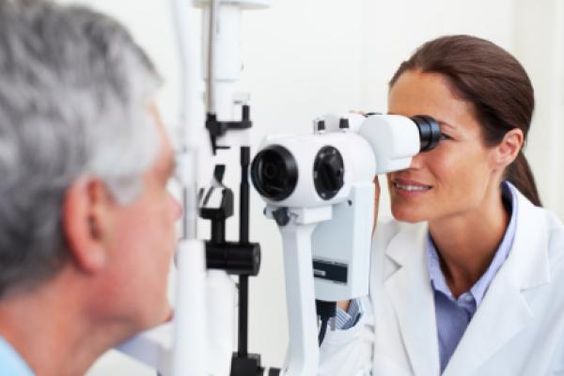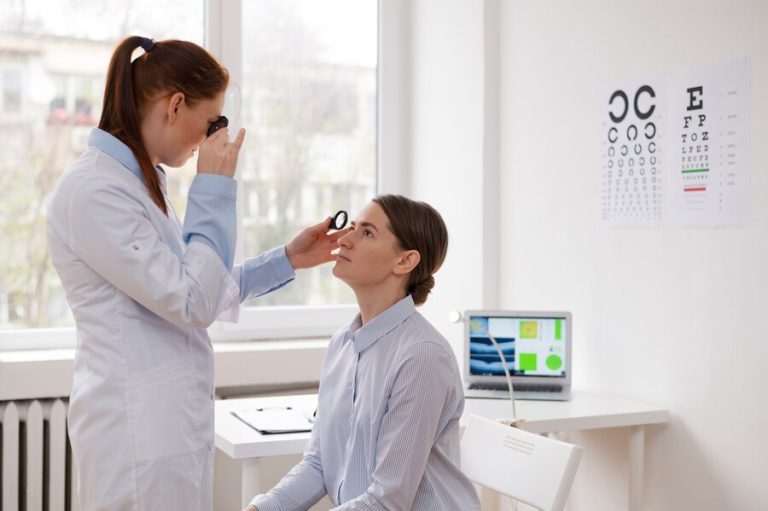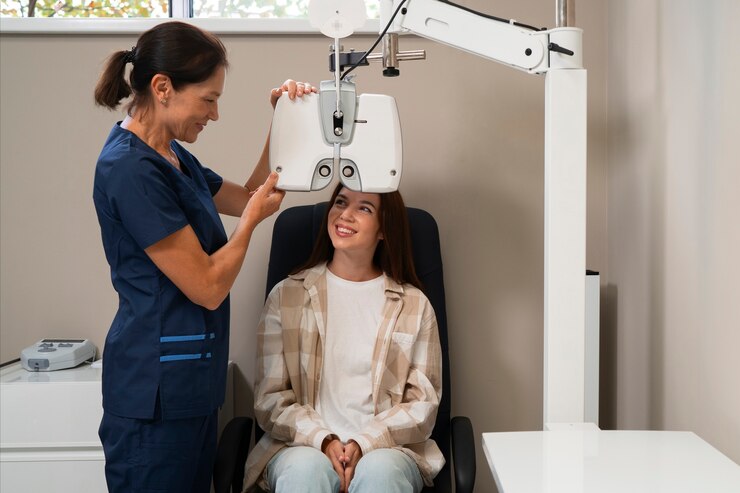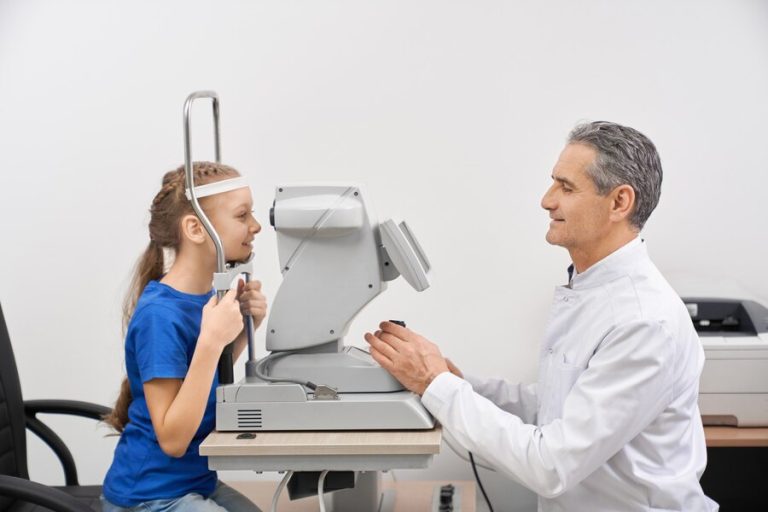Beyond 20/20: Understanding The Depths Of Complete Eye Examinations
Vision, a fundamental sense that shapes our perception of the world, is often taken for granted until signs of impairment emerge. Regular eye examinations extend beyond the familiar 20/20 vision screening, offering a comprehensive analysis of eye health and visual function. In this exploration, we delve into the depths of complete eye examinations, unraveling their significance, components, and the profound impact they have on preserving not just eyesight, but overall well-being.
The 20/20 Myth: Moving Beyond Visual Acuity
The term “20/20 vision” is a familiar benchmark, representing the ability to see clearly at a distance of 20 feet. While this standard is an important aspect of visual acuity, complete eye examinations go far beyond a simple vision chart. Visual acuity alone doesn’t provide a full picture of eye health, as it doesn’t address issues such as eye diseases, focusing problems, or depth perception.
The Comprehensive Approach: Components of a Full Eye Examination
1. Visual Acuity Testing:
The familiar eye chart assesses how well individuals can see at various distances. While crucial, it’s just the starting point of a comprehensive eye examination.
2. Refraction Assessment:
This evaluates the need for corrective lenses by determining the eye’s ability to focus on images sharply. It addresses conditions like nearsightedness, farsightedness, and astigmatism.
3. Eye Movement and Alignment:
Assessing how well the eyes work together and tracking their movement helps identify issues like strabismus (misalignment) and other binocular vision problems.
4. Visual Field Testing:
This evaluates the peripheral vision, crucial for detecting conditions like glaucoma. Patients may be asked to identify objects in their field of view while focusing on a central point.
5. Color Vision Testing:
Identifying color deficiencies can be crucial, especially for certain professions. Tests like the Ishihara test help detect color vision deficiencies.
6. Intraocular Pressure Measurement:
Elevated intraocular pressure may be a sign of glaucoma. Tonometry measures the pressure inside the eye, aiding in the early detection of this sight-threatening condition.
7. Dilated Eye Examination:
Using eye drops to dilate the pupils allows for a more thorough examination of the retina, optic nerve, and blood vessels. This aids in detecting conditions like diabetic retinopathy, macular degeneration, and hypertensive retinopathy.
8. Retinal Imaging:
Advanced technology, such as digital retinal imaging, provides detailed images of the retina, aiding in the detection of abnormalities and the monitoring of conditions over time.
9. Ocular Health Evaluation:
The examination extends to the overall health of the eyes, assessing the cornea, lens, and other structures for signs of diseases, infections, or abnormalities.
10. Patient History and Symptoms Assessment:
Understanding a patient’s medical history, lifestyle, and any visual symptoms they may be experiencing is integral to a comprehensive eye examination. This information guides the examination and helps in the identification of potential issues.
The Significance of Complete Eye Examinations
1. Early Detection of Eye Diseases:
Many eye diseases, such as glaucoma and macular degeneration, show little to no symptoms in their early stages. Regular eye examinations enable early detection, facilitating timely intervention and management.
2. Identification of Systemic Health Issues:
The eyes can be windows to overall health. Changes in the blood vessels, for example, may indicate systemic conditions like diabetes or hypertension.
3. Prevention of Vision Loss:
Timely detection and management of eye conditions can prevent or slow down vision loss. Early intervention is particularly critical for conditions with irreversible consequences.
4. Optimal Correction of Refractive Errors:
Refractive errors, if left uncorrected, can lead to eye strain, headaches, and a decrease in overall visual comfort. A thorough eye examination ensures accurate prescription and optimal correction.
5. Visual Comfort and Efficiency:
Identifying and addressing issues with eye coordination, focus, and alignment contributes to improved visual comfort and efficiency, especially in activities like reading and using digital devices.
**6. Personalized Eye Care:
Each individual’s eyes are unique. A comprehensive eye examination allows eye care professionals to tailor recommendations and treatments based on an individual’s specific needs and visual demands.
The Role of Technology in Advancing Eye Examinations
Advancements in technology have significantly enhanced the capabilities of eye care professionals in conducting thorough examinations. From automated refractors for precise prescriptions to retinal imaging for detailed assessments, technology plays a pivotal role in the accuracy and efficiency of eye examinations. Digital records and telemedicine further contribute to the accessibility of eye care services.
Overcoming Barriers to Eye Care: The Importance of Regular Check-ups
Despite the importance of complete eye examinations, barriers to accessing eye care persist. Lack of awareness, financial constraints, and limited access to eye care professionals are among the challenges. Public health campaigns, community outreach, and innovative solutions such as mobile eye clinics aim to bridge these gaps, emphasizing the significance of regular eye check-ups for all.
Conclusion: A Clear Vision for a Healthier Future
Complete eye examinations are more than routine check-ups; they are a gateway to preserving vision, promoting overall health, and enhancing the quality of life. Beyond the simplicity of reading letters on a chart, these examinations delve into the intricate details of eye health, providing a comprehensive assessment that goes beyond 20/20 vision. Regular eye check-ups are an investment in long-term visual well-being, offering the opportunity to detect, prevent, and manage a wide range of eye conditions. In the journey to understand the depths of complete eye examinations, we find not only the keys to clearer vision but also the path to a healthier and brighter future.








